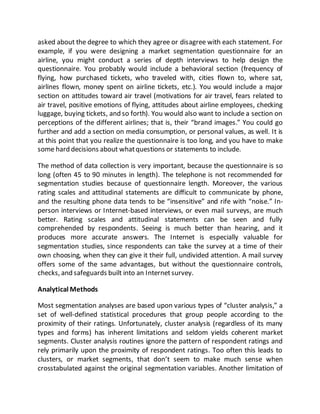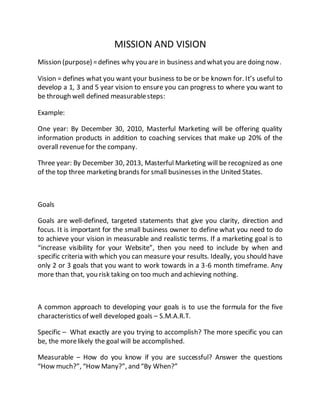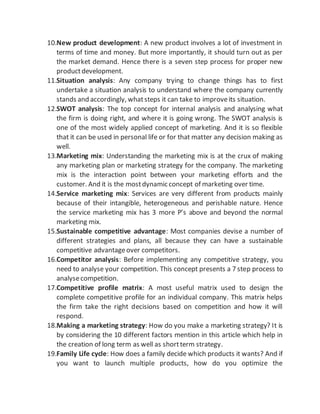Market segmentation involves dividing a market into distinct groups that share common characteristics to concentrate marketing efforts and gain a competitive advantage. It can be categorized into several types including geographic, demographic, psychographic, price, and media segmentation, each with its unique approaches and applications. Effective segmentation requires careful analysis and avoiding common mistakes such as creating too many segments or targeting all segments without a clear focus.

















